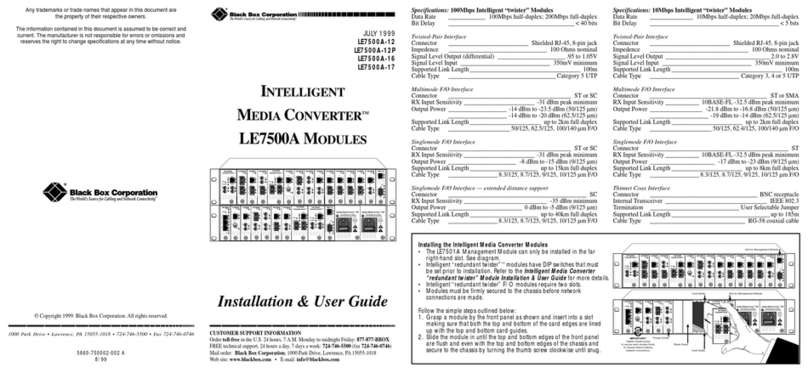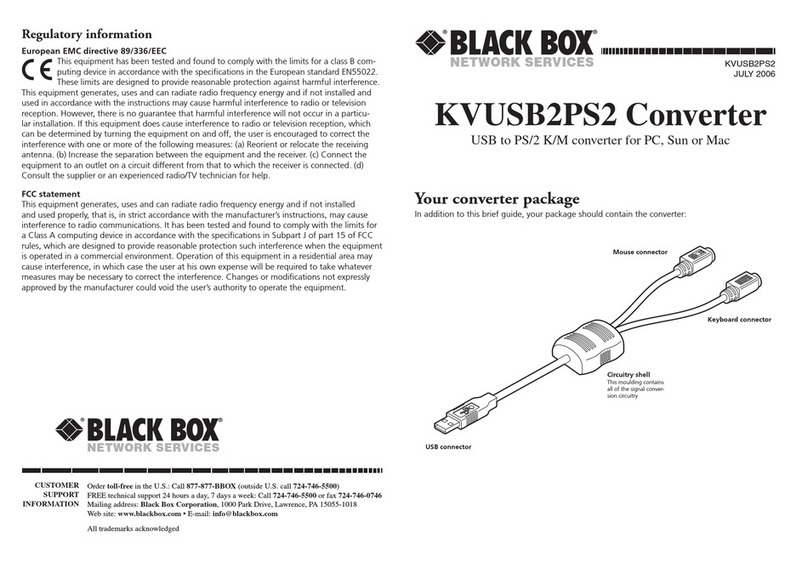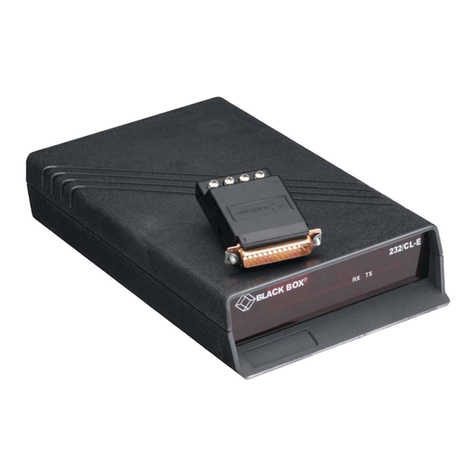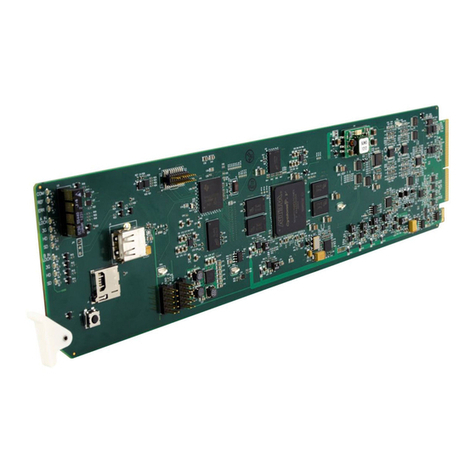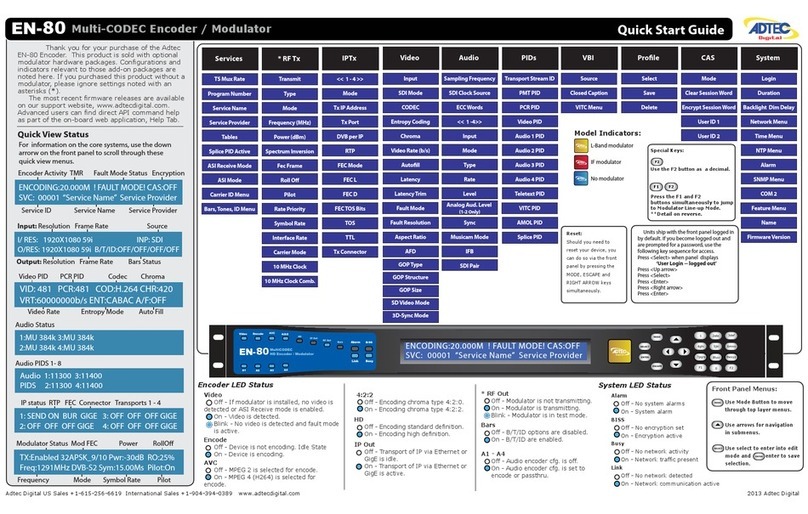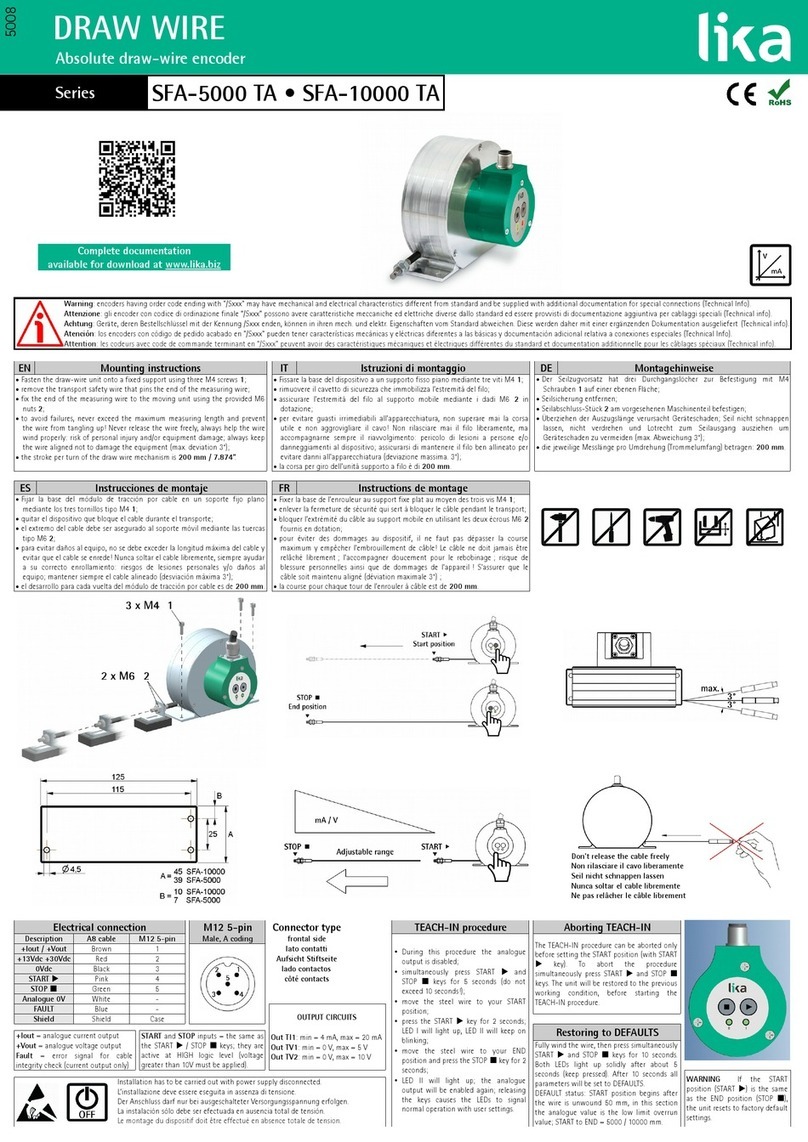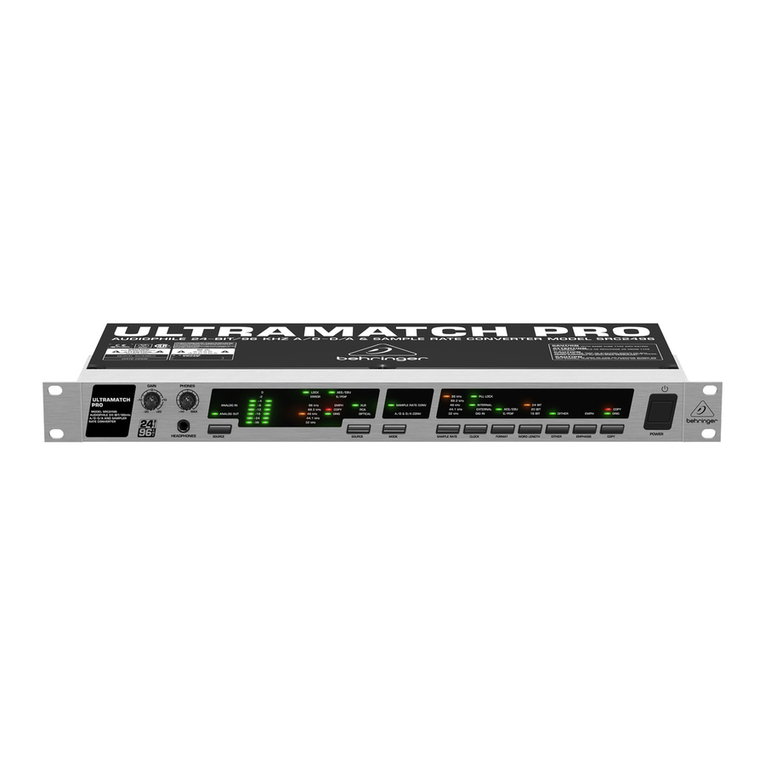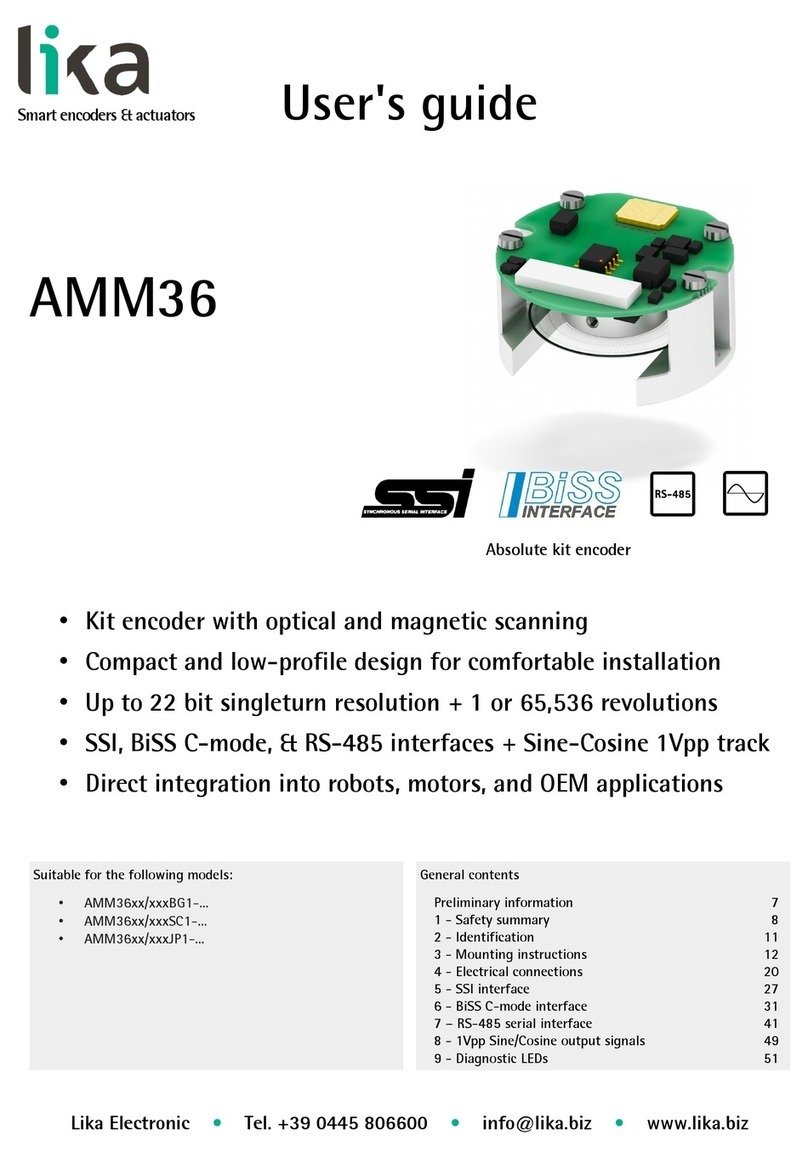Black Box AC098A User manual




















Other manuals for AC098A
1
Table of contents
Other Black Box Media Converter manuals

Black Box
Black Box PI049A User manual
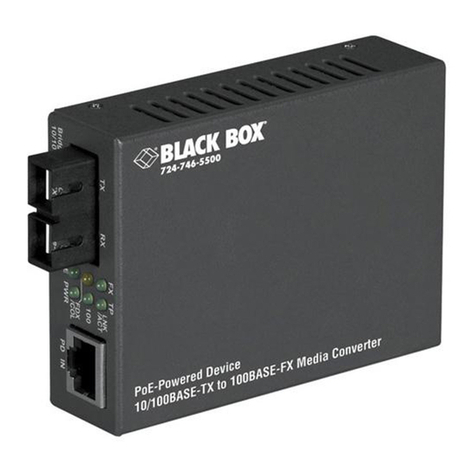
Black Box
Black Box LPD500A User manual

Black Box
Black Box LPD401A User manual
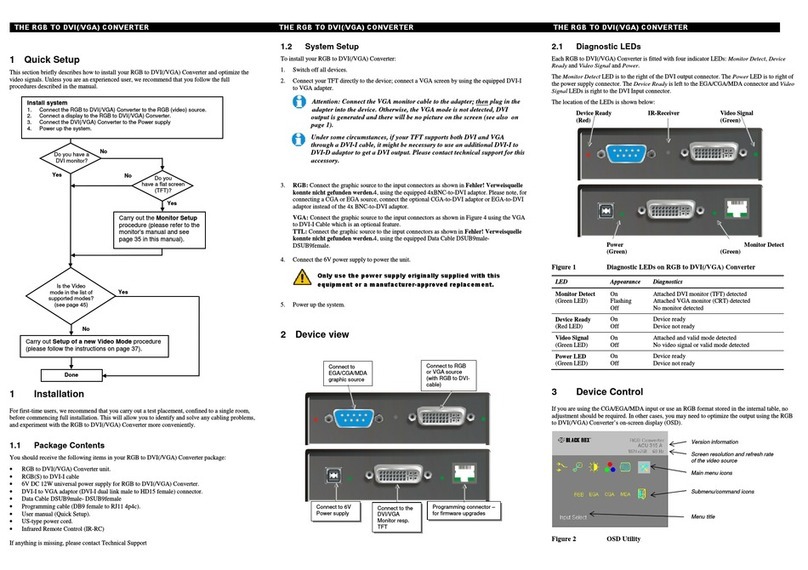
Black Box
Black Box ACU315A-R2 Specification sheet

Black Box
Black Box VWP-2040 User manual

Black Box
Black Box LMC5000A User manual

Black Box
Black Box IC350A User manual
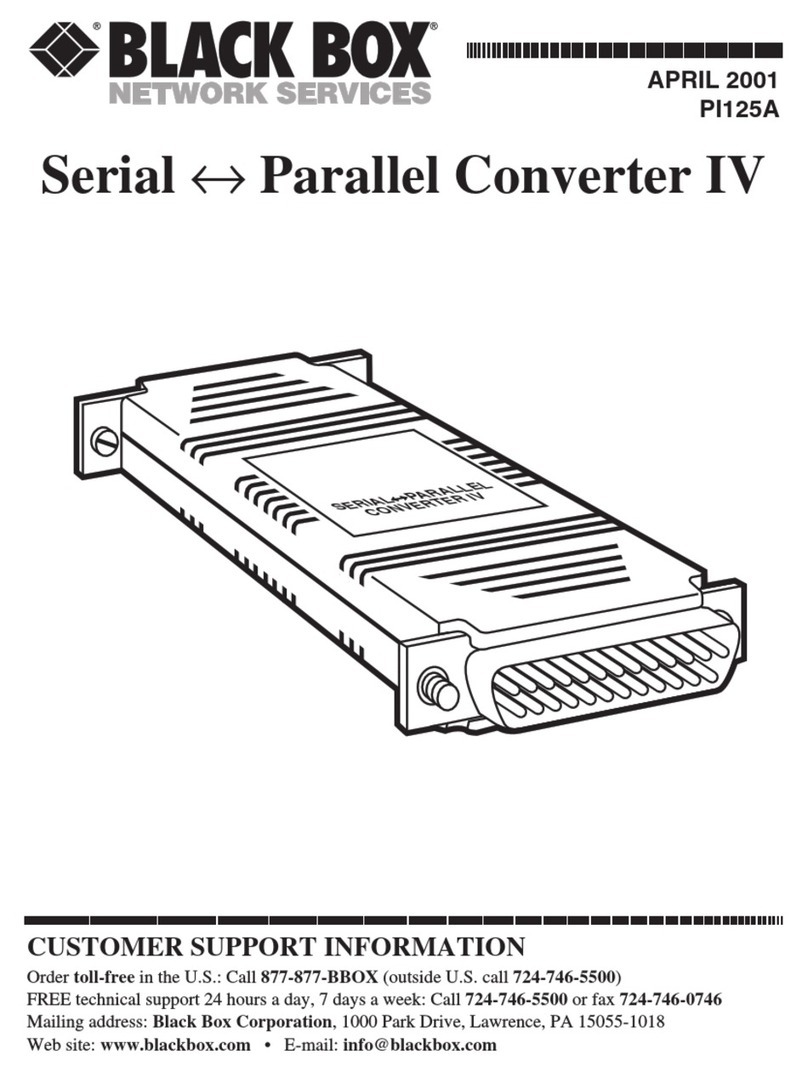
Black Box
Black Box PI125A User manual
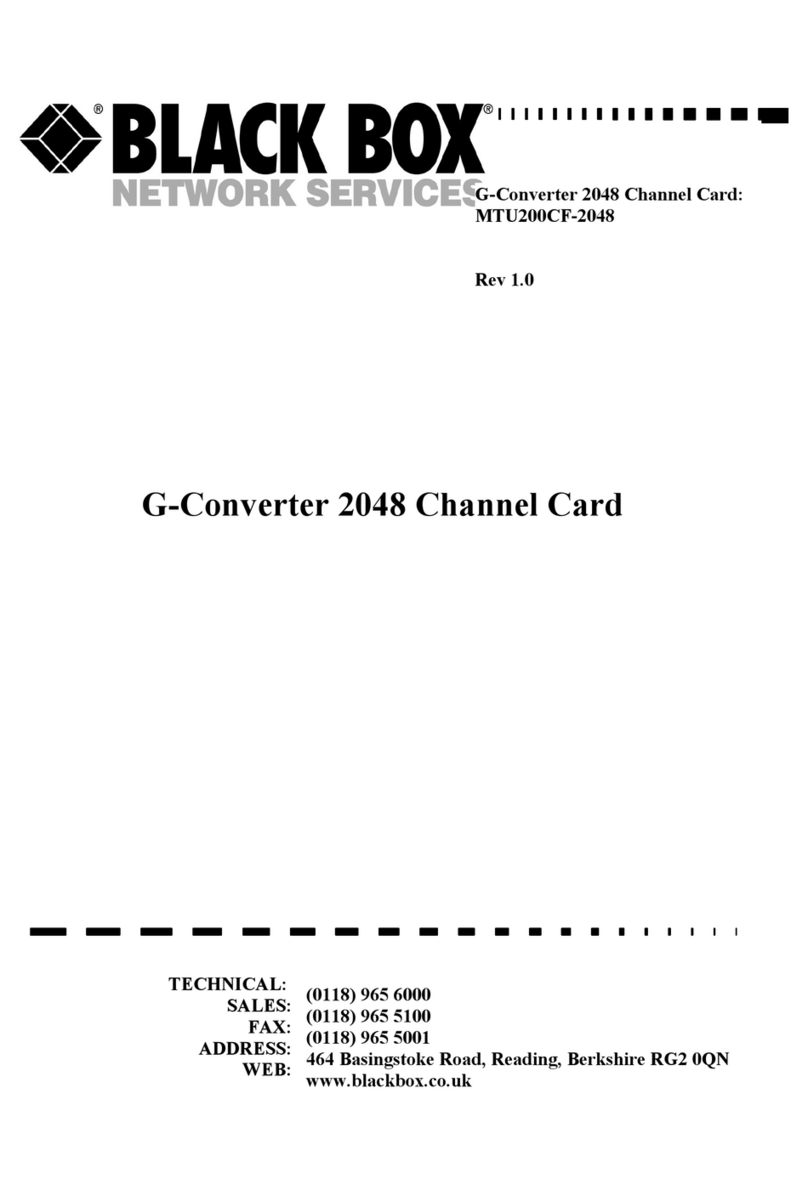
Black Box
Black Box G-Converter 2048 User manual
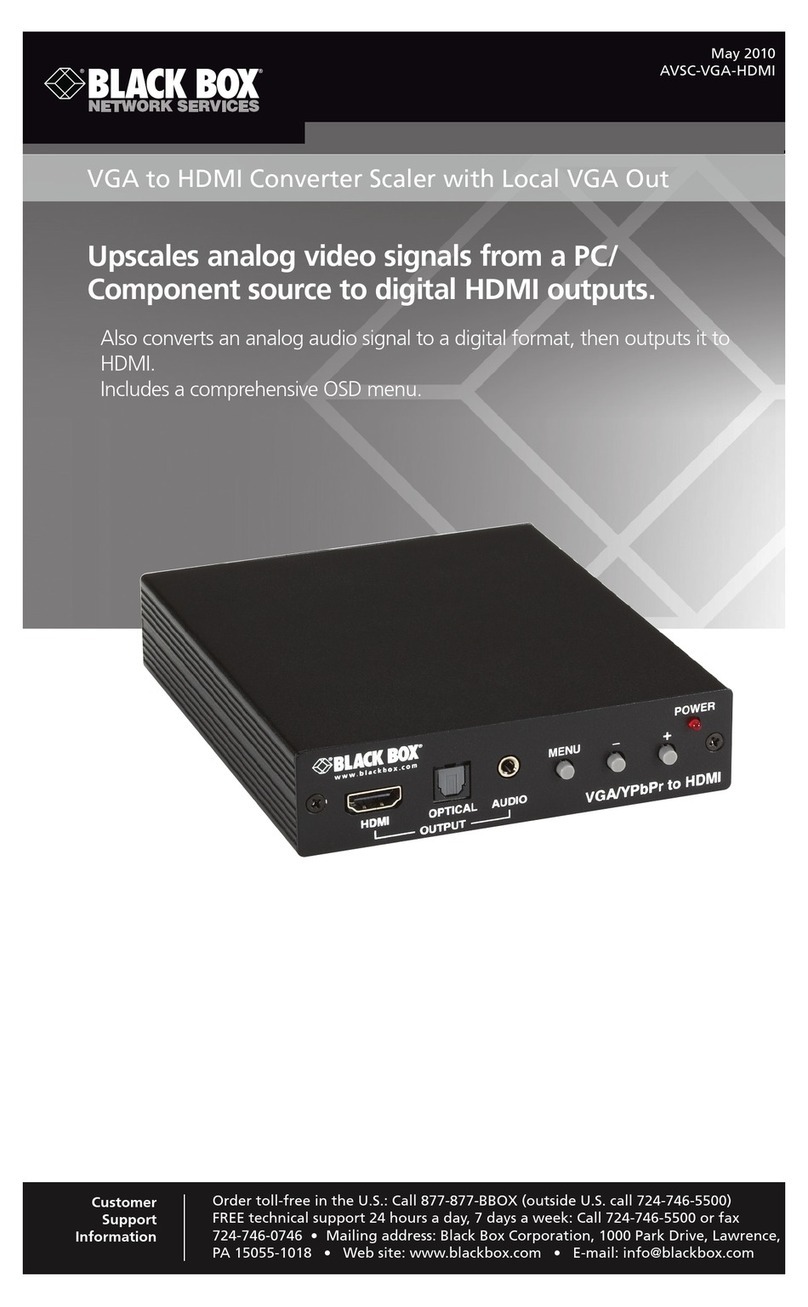
Black Box
Black Box AVSC-VGA-HDMI User manual
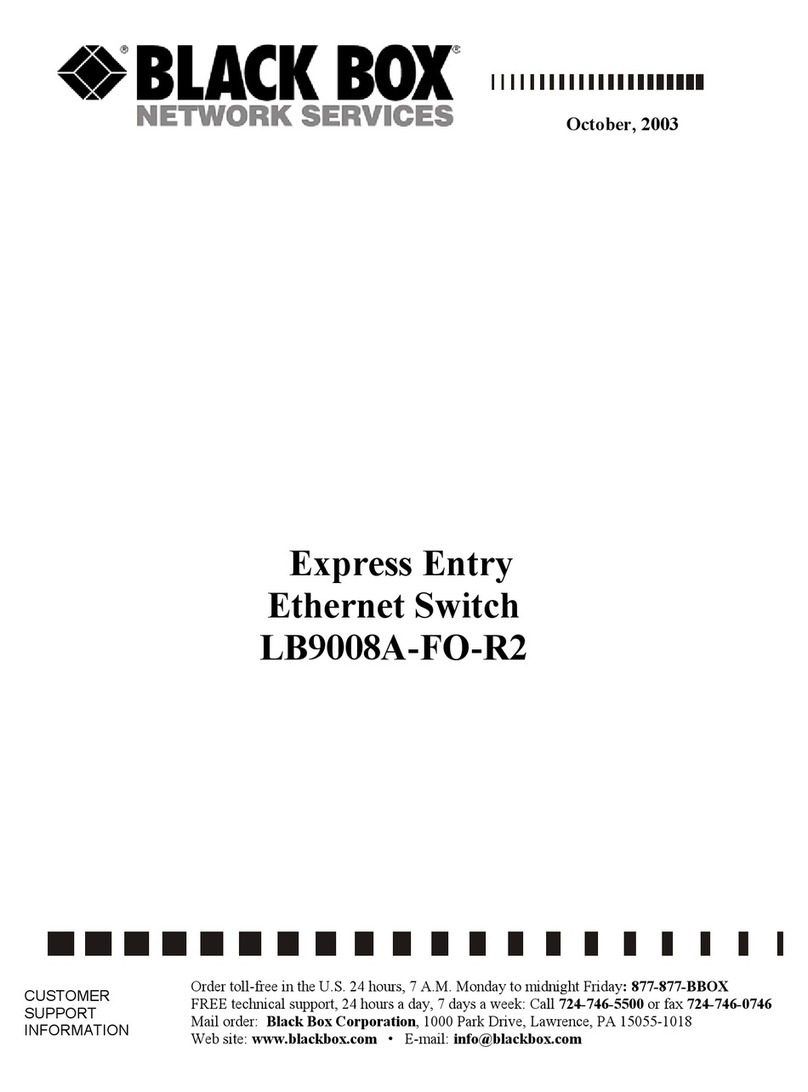
Black Box
Black Box LB9008A-FO-R2 User manual
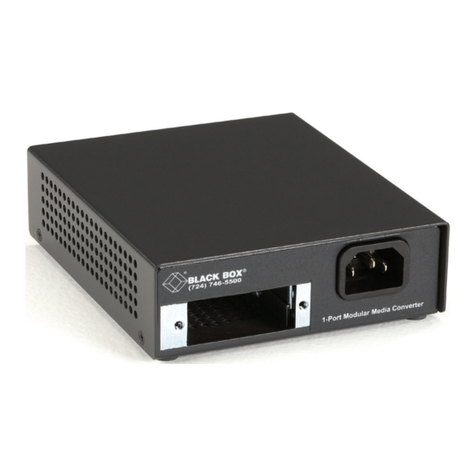
Black Box
Black Box LE7401A-R2 User manual

Black Box
Black Box AC328A-R4 User manual

Black Box
Black Box LMC5233A User manual

Black Box
Black Box AC551A User manual
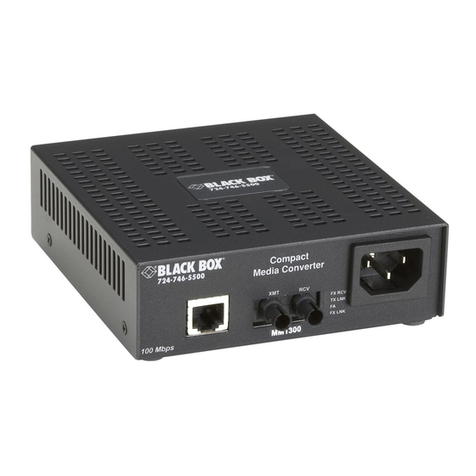
Black Box
Black Box LHC001A-R4 User manual
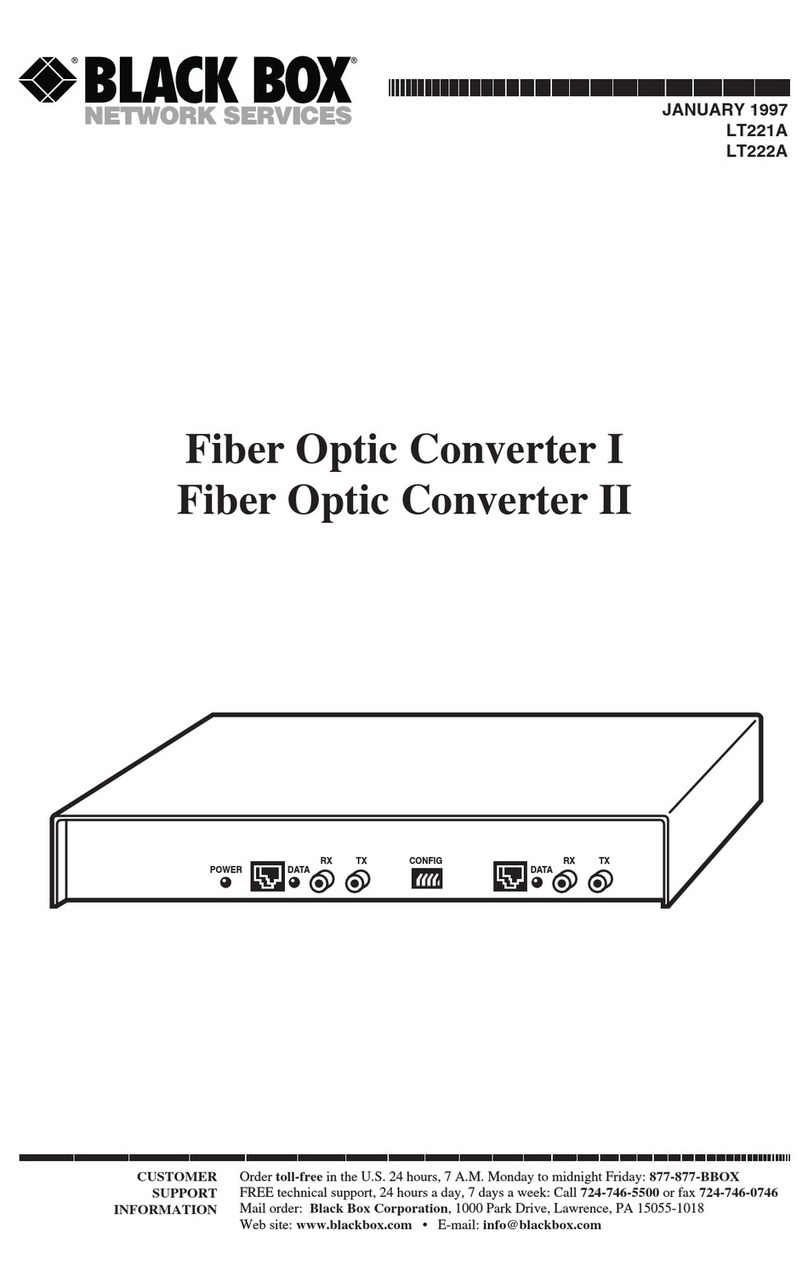
Black Box
Black Box LT221A User manual
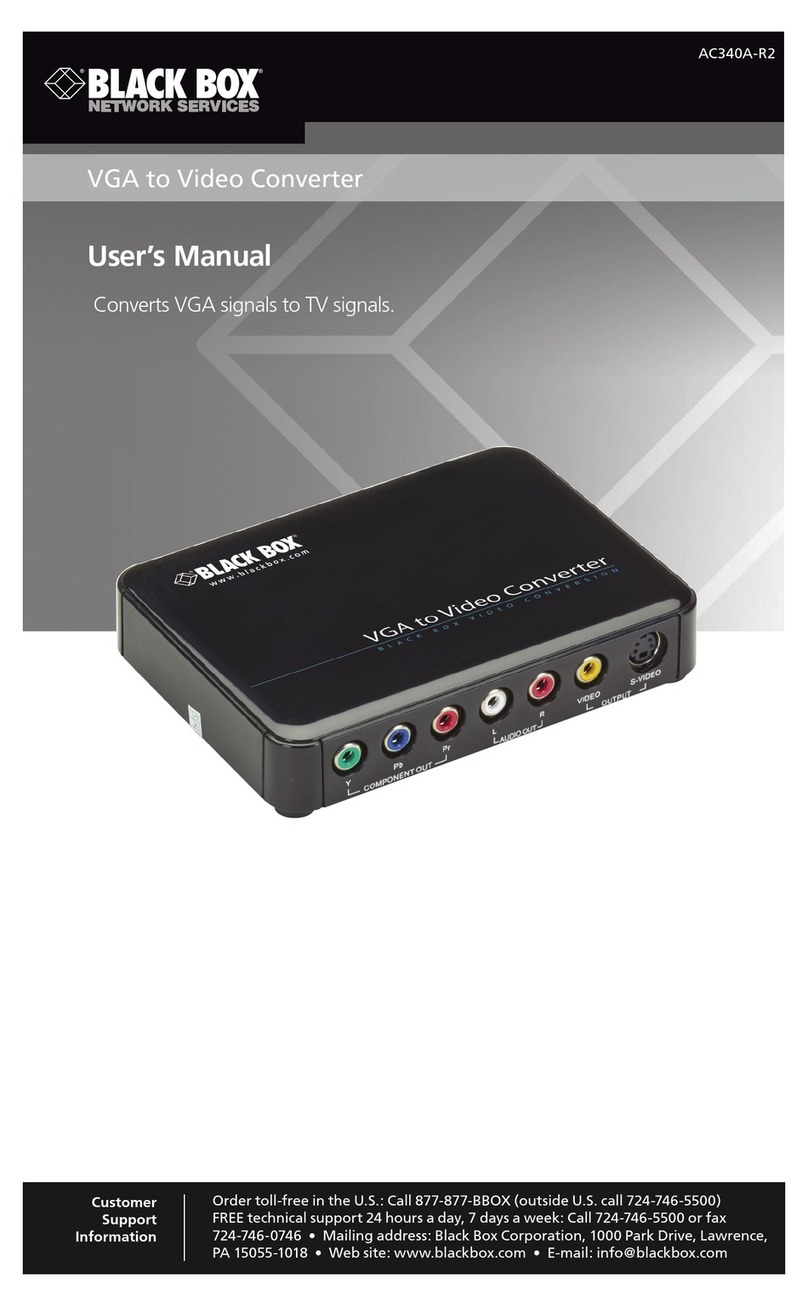
Black Box
Black Box AC340A-R2 User manual

Black Box
Black Box LBH1500A User manual
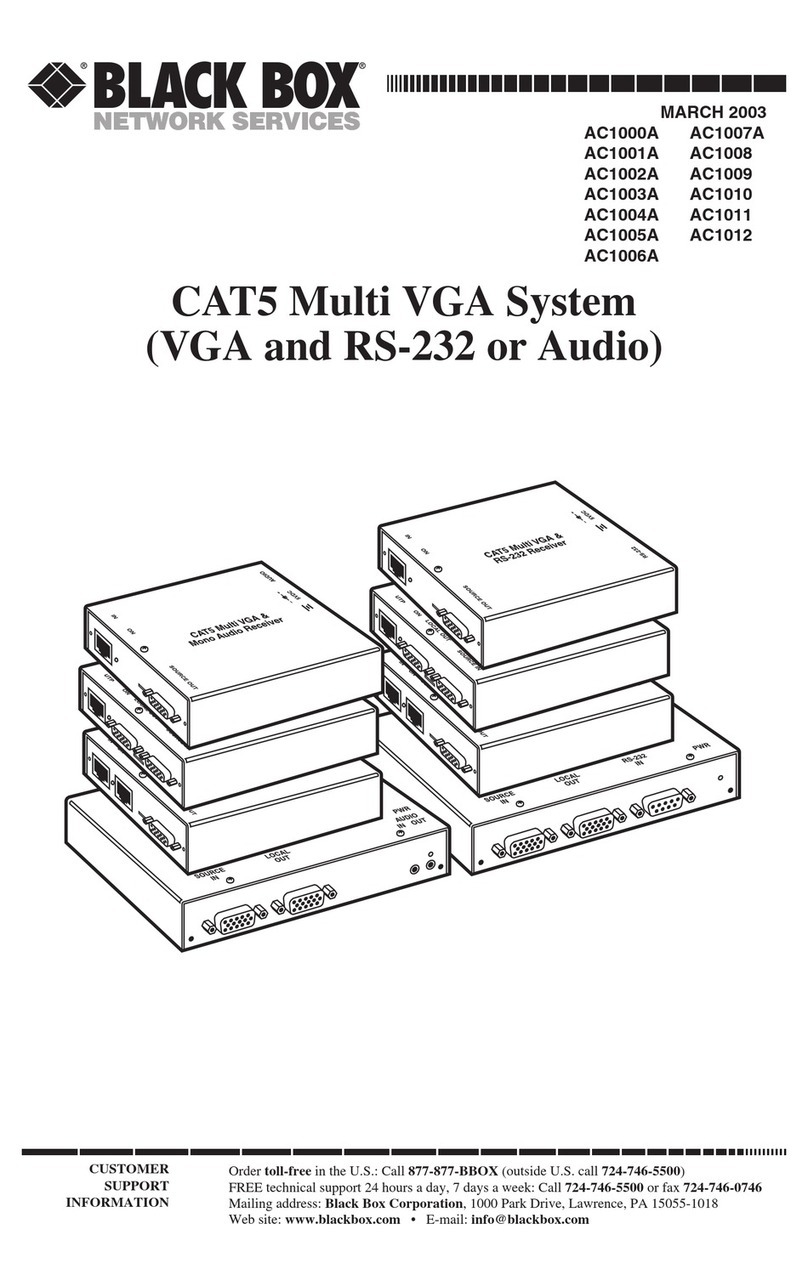
Black Box
Black Box AC1000A User manual
Popular Media Converter manuals by other brands
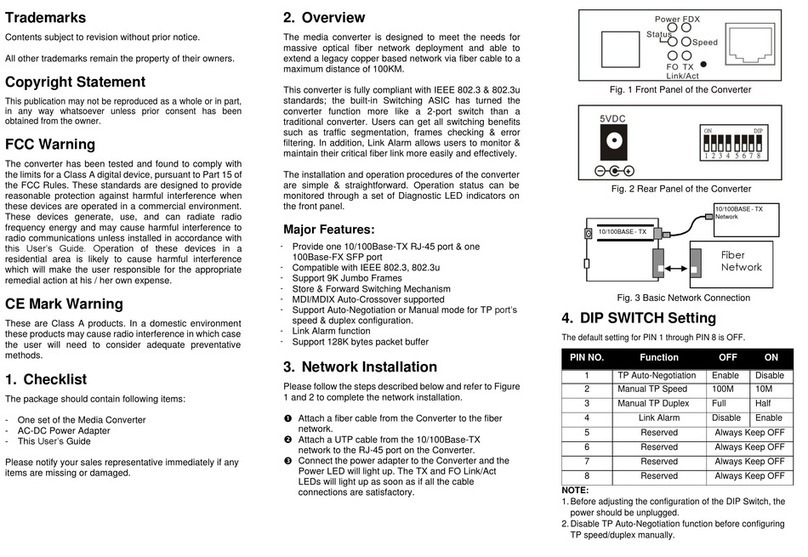
ANTAIRA
ANTAIRA EMC-0201-WX Quick installation guide
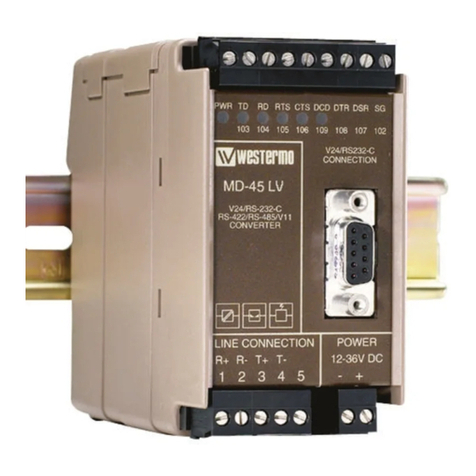
Westermo
Westermo MD-45 AC installation manual
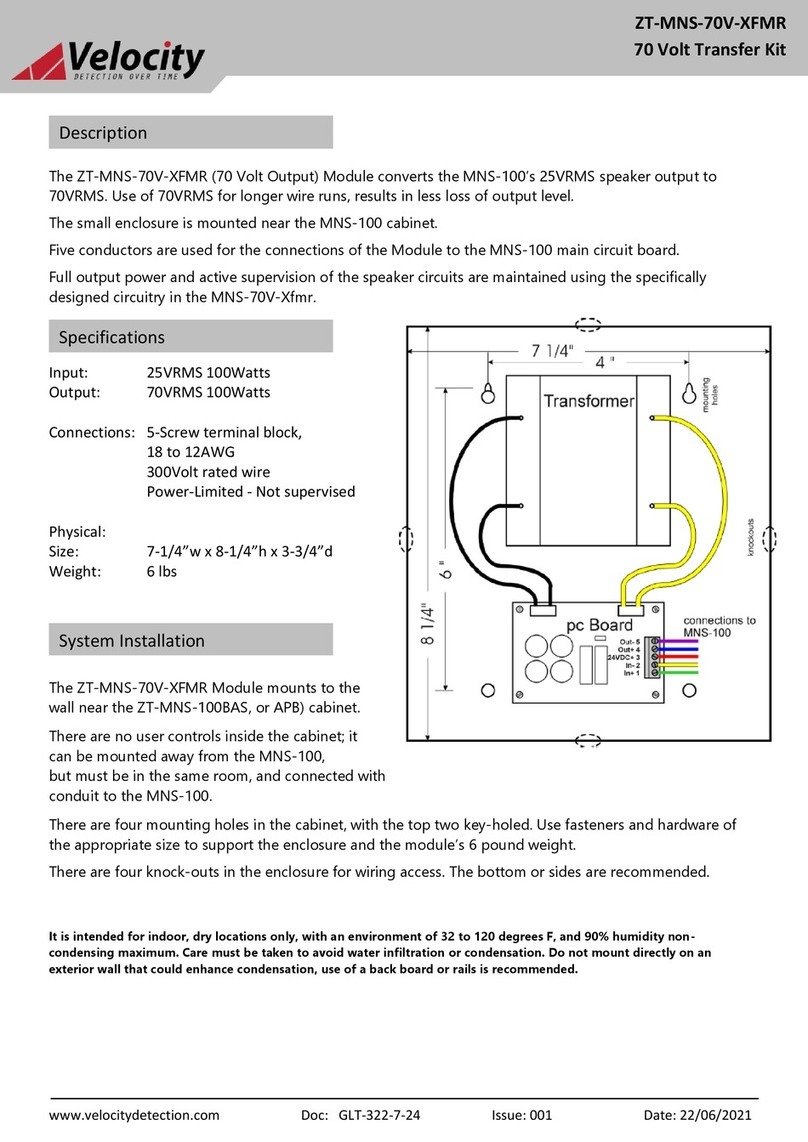
Velocity
Velocity ZT-MNS-70V-XFMR manual

Rockwell Automation
Rockwell Automation PowerFlex 1203-USB user manual
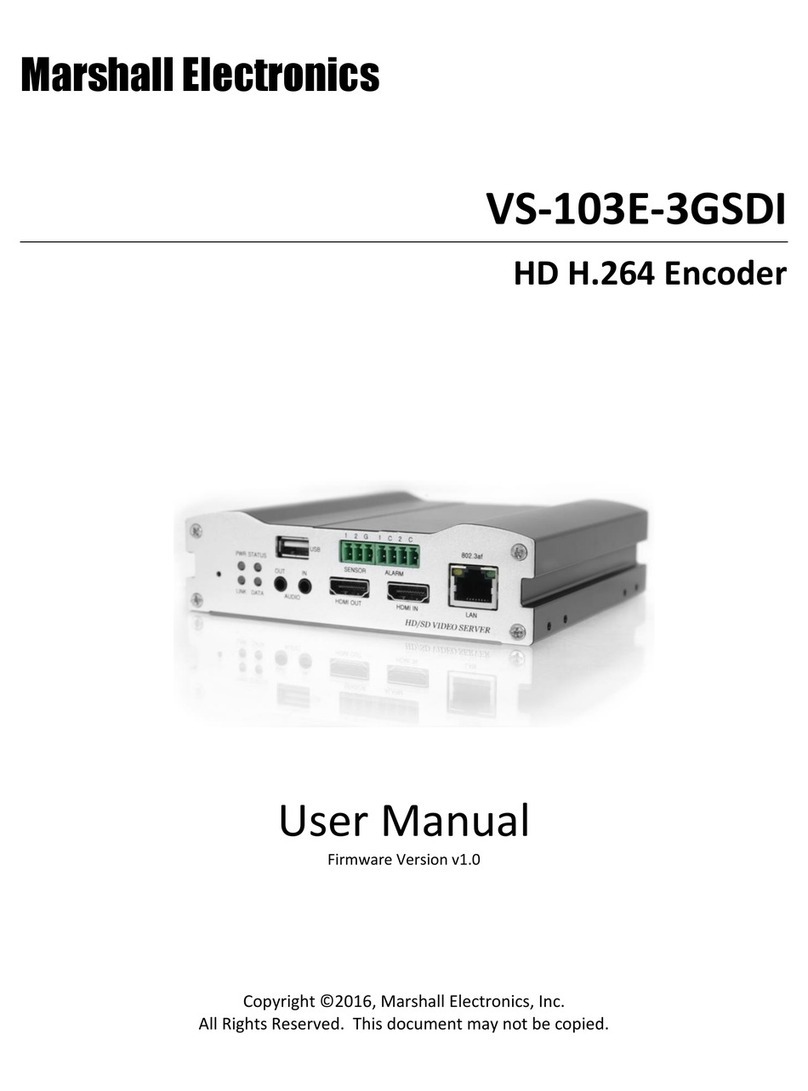
Marshall Electronics
Marshall Electronics VS-103E-3GSDI user manual
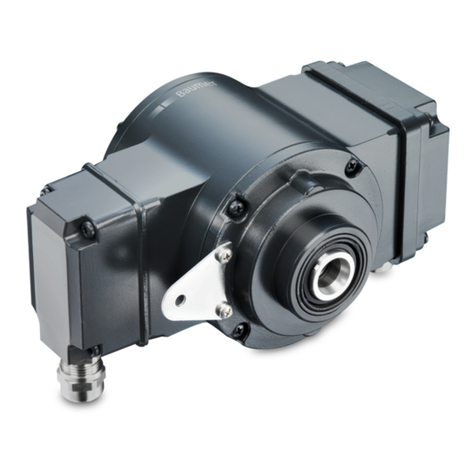
Baumer
Baumer Hubner HOG 10 + DSL Mounting and operating instructions
